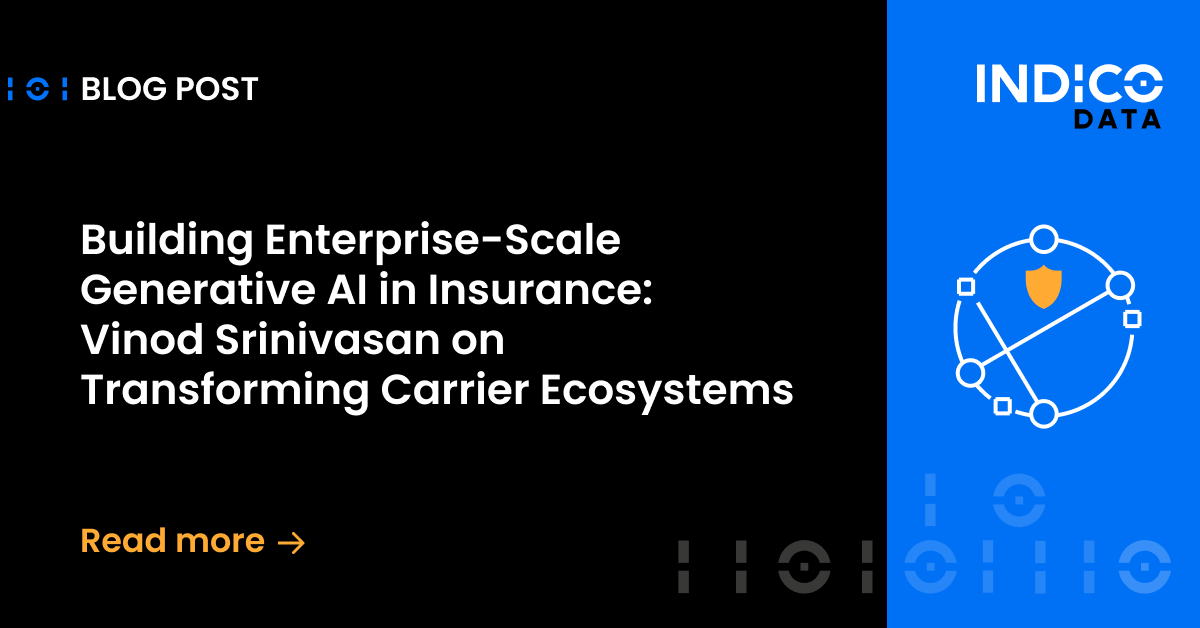As anyone who’s ever had to file an insurance claim knows, the process involves disclosing lots of facts and figures in order to get what you’re owed. It can be a cumbersome process for customers, but it’s no less so for insurance companies that have to process all that data, which is why so many are looking into insurance claims automation as part of their efforts to drive digital transformation across the industry.
Consider workers’ compensation insurance. From state to state in the U.S., there’s a different process with different forms. On top of that, each claim requires various supporting documents from multiple sources. In 2018 alone, there were over 900,000 workplace related injuries and illnesses, with more than $48 million in net written premiums. It’s an understatement to say that that’s a lot of documentation to process.
Unstructured content dominates claims process
It’s little wonder that insurance providers want to automate the work that goes into claims processing. The problem is, the documentation involved doesn’t lend itself to many claims processing systems because it’s largely unstructured.
For a workers’ comp claim, the typical process involves an adjuster from the insurance company talking to the customer about the claim. The adjuster takes detailed notes describing what happened and the resulting damage, along with routine details like name, social security number, and so forth.
These are free-form notes, following no particular format, and thus with plenty of variation from one adjuster to the next. They may include a synopsis of each phone call, email, or other correspondence among employee, employer, and the insurance company. Additionally, an adjuster’s file will typically include medical and lawyers’ reports. In short, it’s a significant amount of text, nearly all of it unstructured.
From these documents, someone has to cull pertinent bits of information and input them to a downstream claims processing system. Such data may include line of business, claim number, policy number, date and time of loss, location, coverage limits and more. For insurers, that data entry job is labor-intensive and time-consuming, not to mention error-prone. And that, in turn, leads to delays and an unhappy customer.
Automation of insurance claims
More than a few insurance providers, then, are interested in automated claims processing tools that can ease their burden. Many find it’s a tall order simply because the supporting documents include all that unstructured, free-form text. Tools that rely on rules and templates to identify relevant fields won’t work because there’s no way to create enough rules to cover every possible variation in how adjusters take notes.
What’s required is a tool that can essentially read the notes just as a human would, and be smart enough to identify the salient parts that need to be fed to the downstream, structured processing system. That’s where intelligent process automation (IPA) comes into play.
Intelligent process automation combines numerous robust technologies, including OCR, transfer learning and natural language processing. After training on a sample set of claims documents, the IPA tool can begin to identify important bits of data and convert them to a structured form for input to the downstream system. It can then apply what it’s learned to new data it hasn’t seen before.
Dates, social security numbers, cost figures and the like are simple to identify for intelligent automation tools. Where IPA really shines is in its ability to deduce information that’s never explicitly spelled out. It can classify lengthy documents associated with the claim, then parse and extract pertinent information, such as the type of injury or illness that occurred. Automating this process gets the information to reviewers more quickly, enabling them to make decisions on claims with faster turnaround times.
IPA delivers digital transformation
That’s what comes from the ability to understand the context of the document, not just certain keywords or phrases as would be the case in a templated approach. It’s also why insurance companies, when they see an IPA tool in action, are often surprised at just how accurately it’s able to decipher their adjusters’ notes.
Intelligent automation in insurance really can help companies accurately automate claims processing, a big step toward bringing digital transformation across the insurance value chain. To learn more, check out Unlocking the value of unstructured data for insurance ebook.


